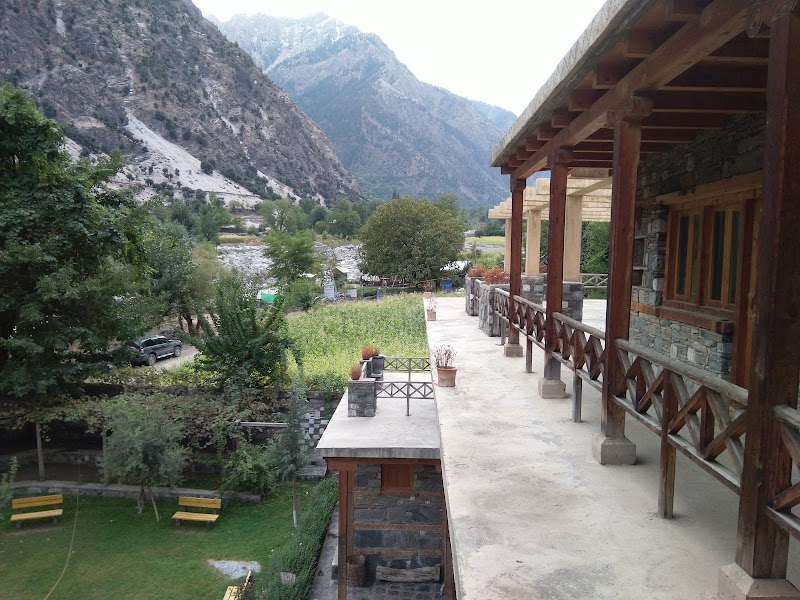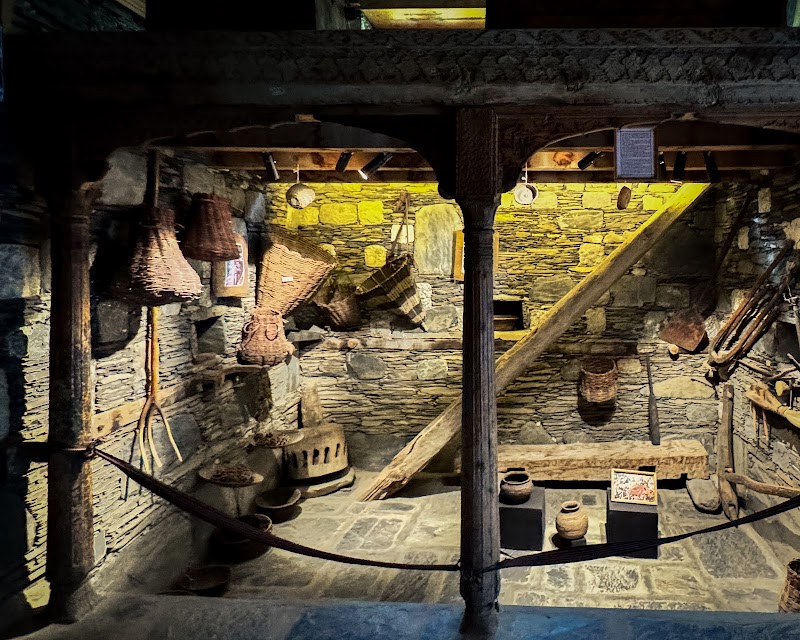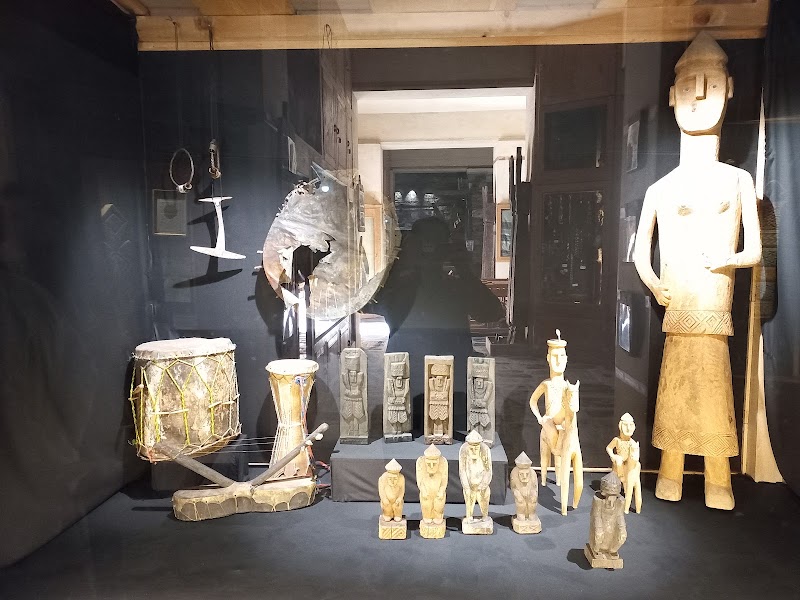Investors
Oops! Something went wrong while submitting the form.




Nestled in the heart of the scenic Kalash Valley, Pakistan, the Kalasha Dur Museum offers a fascinating glimpse into the unique culture and heritage of the Kalash people. Visitors to this museum can immerse themselves in the rich traditions, folklore, and lifestyle of one of Pakistan’s most intriguing indigenous communities. For those planning a trip to Kalash Valley, Pakistan, the museum provides an excellent starting point to understand the local way of life and the history behind this isolated valley.
Kalasha Dur Museum is conveniently located near the main Kalash villages, making it accessible for travelers who are exploring the valley. Whether arriving via cheap flights or traveling overland, visitors find it easy to incorporate a visit to the museum as part of their itinerary. The museum showcases a remarkable collection of artifacts, traditional clothing, wooden carvings, and ancient jewelry that reveal the fascinating artistic skills of the Kalash people. For travel enthusiasts and frequent travelers interested in cultural exploration, this museum offers rare insights into one of Pakistan’s most remote communities.
Many travelers seek cheap activities to enrich their travels, and the Kalasha Dur Museum fits perfectly into a budget-friendly adventure in Kalash Valley, Pakistan. Entry fees are modest, and the experience delivers an enriching cultural journey at a low cost. Pairing a museum visit with other activities in Kalash Valley, Pakistan such as hiking trails, interacting with villagers, or visiting local festivals creates a well-rounded and affordable travel experience. Things to do in Kalash Valley, Pakistan are diverse, but few places offer the depth of history and tradition that you will find here.
Exploring Kalasha Dur Museum is a must for anyone interested in the distinctive traditions that set this region apart. The museum is more than just exhibits; it acts as a living archive of Kalash Valley’s past and present, often hosting local guides who provide in-depth explanations and stories to enhance visitors’ understanding. This priceless context transforms a simple museum visit into a profoundly engaging activity. Travelers looking for cheap activities in Kalash Valley, Pakistan, who want to get under the skin of the culture will find this place especially rewarding.
Planning a visit is straightforward, with many travelers using a Kalash Valley, Pakistan travel agent or a trip planner app to streamline their itinerary. Whether you choose to fly to Kalash Valley, Pakistan or opt for an overland journey, the museum’s central location allows for easy access and makes it convenient to include alongside other attractions. For those who enjoy mixing cultural learning with outdoor exploration, Kalasha Dur Museum is a vital addition to the list of things to do in Kalash Valley, Pakistan.
In the world of AI travel, leveraging an AI travel agent or trip planner app can simplify the process of discovering hidden gems like the Kalasha Dur Museum. Not only can AI travel tools help find cheap flights and inexpensive activities, but they also assist in curating a balanced and culturally rich itinerary that matches the interests of frequent travelers and cultural enthusiasts. Including the Kalasha Dur Museum in your activity lineup ensures a well-rounded travel experience.
Kalasha Dur Museum is a crucial cultural attraction in Kalash Valley, Pakistan, offering visitors an immersive opportunity to explore and appreciate the rich heritage of the Kalash people. With its centered location, engaging exhibits, and budget-friendly nature, it stands as a key destination for those eager to delve into indigenous traditions and history while traveling affordably. Whether through personal planning or utilizing modern AI tools, incorporating this museum into a travel itinerary guarantees a memorable and enriching cultural journey.